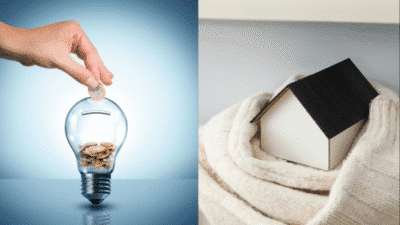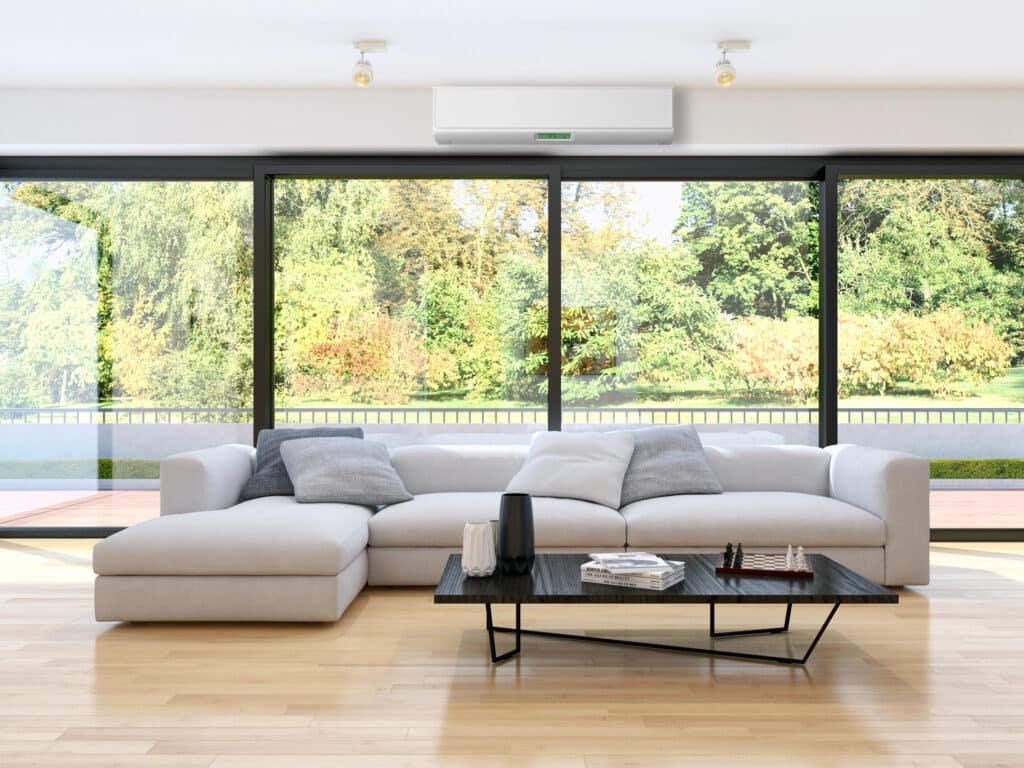
Key Takeaways
- Heat pumps deliver highly efficient heating and cooling solutions for various climates, helping homeowners reduce energy costs year-round.
- Knowing how heat pumps function equips homeowners to make smart decisions about their comfort, environmental impact, and long-term energy bills.
- Routine upkeep and proper usage habits ensure optimal performance and a longer system lifespan.
- Rapid advances in heat pump technology are expanding the range of homes these systems can serve while increasing overall efficiencies and affordability.
Heat pumps are a popular and efficient alternative to traditional HVAC systems, offering heating and cooling capabilities in a single unit. They are becoming a cornerstone of modern climate control, particularly for homeowners seeking to reduce energy consumption and environmental impact. Integrating heat pumps with smart home systems can improve comfort, lower energy bills, and promote an eco-conscious lifestyle.
What Is a Heat Pump?
A heat pump is a highly versatile system that provides heating and cooling from a single unit. Heat pumps have become a smart choice for many modern households searching for reliable comfort and manageable energy expenses by shifting heat rather than directly producing it. For example, many homeowners are considering Colorado home heat pump installation to effectively balance warmth in winter and coolness during summer. Depending on the season, these systems use outdoor air or ground sources to move heat into or out of the home. Instead of relying on burning fuel to generate warmth, heat pumps transfer existing thermal energy, dramatically reducing energy usage and, in turn, household running costs.
Whether dealing with harsh winter chills or intense summer heat, a heat pump seamlessly adapts to varied weather conditions to create a stable, enjoyable indoor climate. Many families appreciate having a single, streamlined solution for heating and cooling, eliminating the need for multiple pieces of equipment. When paired with proper installation and setup, a heat pump delivers comfort and can help free up space, reduce clutter, and lower long-term maintenance commitments. This blend of convenience and performance continues to make heat pumps a standout choice for energy-conscious property owners.
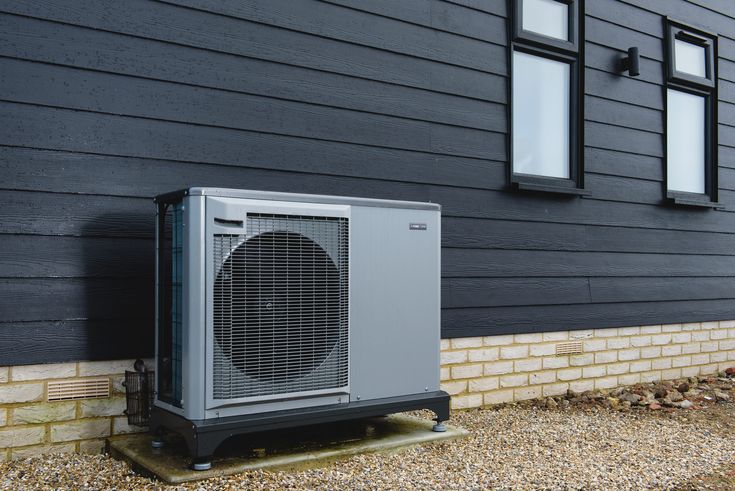
How Do Heat Pumps Work?
Heat pumps operate similarly to refrigerators, moving heat through a closed-loop system of copper tubing. When heating, the outdoor coil absorbs thermal energy from the air or ground, which is compressed to raise its temperature and pumped inside to release heat, warming the living space. When cooling, the indoor coil draws heat from the home’s air and transfers it outside, providing a comfortable indoor space. This process works efficiently even when outdoor temperatures are below freezing, thanks to refrigerant design and compressor technology advances. Modern air-source heat pumps can reduce electricity used for heating by up to 50% compared to traditional resistance heating equipment. The integration of programmable thermostats and smart home controls has added convenience, allowing homeowners to schedule their systems to run using off-peak electricity rates or set lower nighttime temperatures, easing strain on the electrical grid, reducing monthly expenses, and extending the unit’s life.
Heat Pump Benefits for Homes
Heat pumps offer several home benefits, including reduced utility costs, year-round functionality, indoor air quality, and day-to-day comfort. They use less energy than gas furnaces or traditional air conditioning units, reducing utility spending within the first year. Heat pumps also have fewer systems to install, maintain, and repair, resulting in lower labor and equipment costs over time. They also come with built-in filtration and optional humidification features, enhancing indoor air quality and keeping indoor environments healthy. Homeowners who upgrade to heat pumps often report improved day-to-day comfort, especially during seasonal temperature shifts, and a more even, consistent temperature throughout the living space. This adaptability and convenience make heat pumps a popular solution for modern home comfort.
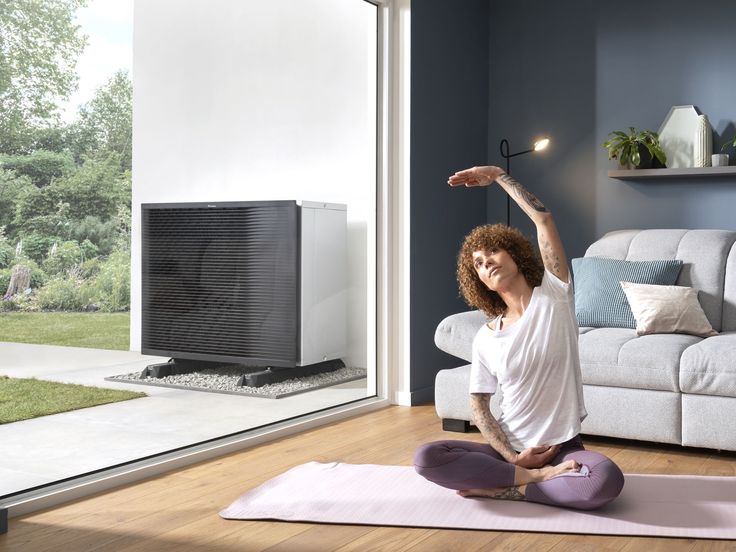
Choosing the Right Heat Pump
Selecting the right heat pump is crucial for maximizing comfort and minimizing utility costs. Factors to consider include climate, home size, insulation, and heating and cooling needs. There are three main categories: air-source heat pumps, ground-source (geothermal) heat pumps, and ductless mini-split heat pumps. Air-source heat pumps are popular for moderate climates, while ground-source models offer greater efficiency due to underground temperatures. Ductless mini-split heat pumps are suitable for homes lacking extensive ductwork or for specific zones with tailored heating and cooling. Consulting a certified professional for system sizing, placement, and integration is recommended to prevent inefficiencies and ensure consistent comfort levels. The investment in a quality system, combined with experienced installation, can lead to lower monthly bills, fewer breakdowns, and increased peace of mind.
Installation and Maintenance Tips
- Routinely inspect outdoor units and heat exchangers for leaves, branches, dirt, or snow buildup. Keeping these components clear allows maximum airflow and keeps the system from overworking.
- Schedule annual professional maintenance to assess refrigerant charge, test safety controls, verify wiring, and clean key parts. Preventive care keeps the system running efficiently and can catch minor issues before they turn into costly repairs.
- Don’t forget about air filters: clean or replace them monthly—or as recommended by your installer—especially during periods of heavy use. Clean filters improve air quality and system performance.
Investing a little time in routine care is the easiest and most effective way to secure long-term savings, limit surprise repairs, and extend the system’s useful life. Stay proactive and consider marking your calendar for these simple tasks.
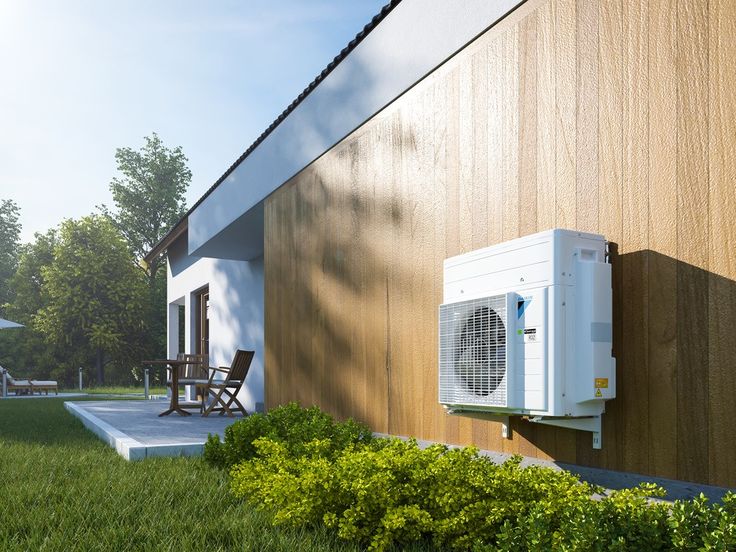
Energy Savings and Environmental Impact
Heat pumps aren’t just about utility bill relief—they’re also a cornerstone of the modern, climate-conscious household. Efficiency gains mean less electricity is drawn from the grid, which multiplies their environmental impact when paired with renewable energy sources. The U.S. Environmental Protection Agency reports that homes equipped with heat pumps can dramatically shrink their carbon footprint, cutting greenhouse gas emissions and supporting broader efforts toward energy sustainability.
Some communities are rolling out incentives and rebates for heat pump installation to amplify these benefits, accelerating adoption and multiplying local and global impacts. As individual choices combine, these technologies support healthier air quality and lessen reliance on fossil fuels, delivering shared advantages for neighborhoods and future generations.
Emerging Trends in Heat Pump Technology
Heat pump technology is advancing rapidly, with variable-speed compressors that automatically adjust output to match heating or cooling needs, saving energy and reducing noise. Cold-climate models now provide reliable comfort even in freezing temperatures. Smart controls and remote access are also becoming more common, with some systems integrating with voice assistants and mobile apps. These trends enhance user experience and broaden the practical applications of heat pumps, allowing more households to benefit from these improvements regardless of their location or home configuration.
- 0shares
- Facebook0
- Pinterest0
- Twitter0

